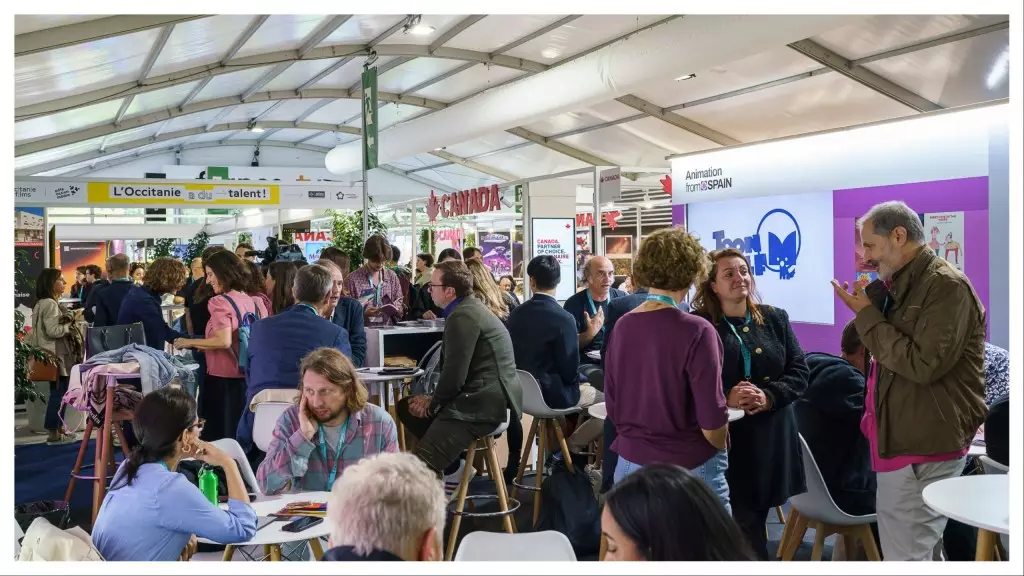As the world gears up for the renowned Annecy International Animation Festival, a brewing storm of discontent looms over the event. This year, anxiety regarding the integration of artificial intelligence (AI) into animation practices has led to organized protests, which highlight the growing friction between technological advancement and human artistry. The animation industry is at a crossroads, with the threat of job displacement and artistic dilution casting shadows over the festival’s vibrant atmosphere. Those within the industry are understandably alarmed; the fear is that the very essence of creativity may be sacrificed at the altar of efficiency and profit.
The Workers’ Rebellion Against Automation
The announcement of protests comes alongside a plethora of discussions surrounding AI-driven innovations at this week’s MIFA market in Annecy. Coming together in solidarity, various unions and advocacy groups from animation to video gaming are rallying to voice their concerns about AI’s encroachment into creative realms. According to reports, these groups argue that generative AI is not just a tool but a potential harbinger of chaos within the workforce. They assert that this technology threatens to erode both jobs and the unique artistry that defines the animation landscape. Their organized meeting, highlighted in French media, aims to shed light on the “destructive impact” of AI, reminding the industry that creativity cannot simply be automated.
The Economics of Artistic Expression
The rallying cry against AI stems from a place of deep concern for the sustainability of careers in animation. As companies increasingly look toward AI as a solution to economic pressures—such as budget constraints and layoffs—the long-term implications for creativity and artistic integrity become alarmingly clear. Critics of generative AI emphasize that mechanized processes often lead to a homogenization of artistic expression. With machines generating content based on existing works, the risk of losing originality and unique visions is substantial. As illustrated in recent statements from protesting groups, there’s an urgent call for recognizing the cultural value embedded in human creativity, which no algorithm can replicate.
A Community United by Fear and Resolve
The turnout of approximately 18,000 animation professionals and students at this year’s festival underscores the widespread anxiety permeating the industry. Many worry about the potential obsolescence of their skills in an increasingly automated environment. Industry executives are candid, some fearing that as many as 50% of jobs could vanish if AI is embraced unchecked. This sentiment is not mere hyperbole; it’s a genuine reflection of a community grappling with the implications of technology that threatens to reshape their profession. As protests erupt and discussions unfold, the atmosphere in Annecy is tinged with both hope and trepidation.
The Future of Animation: A Call for Action
The conversations at Annecy around AI are not just technical discussions; they represent a pivotal moment in the cultural narrative surrounding animation. As the industry grapples with this existential threat, it becomes increasingly critical for professionals to advocate for regulations that balance innovation with the preservation of artistry. The voices raised in protest during this festival echo a broader sentiment—one that underscores the importance of preserving human creativity in an age increasingly dominated by machines. The outcome of this struggle could redefine not just the future of animation, but also the fundamental ways in which we perceive and value artistic expression itself.

